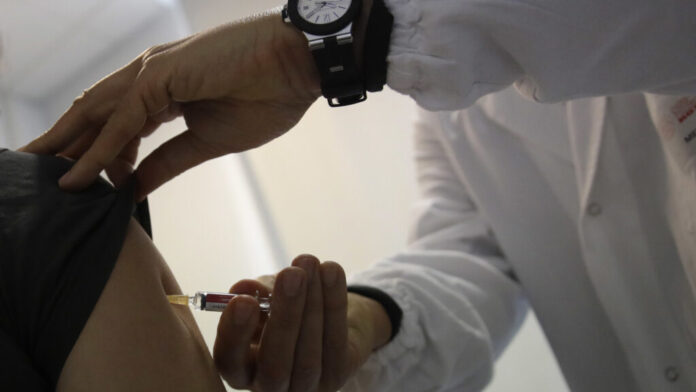"Clearing the Air: The Urgent Need for Accessible Respiratory Virus Vaccines This Fall"
Navigating the Seasonal Surge: The Importance of Vaccination Against Respiratory Viruses
As the fall season approaches, healthcare professionals brace for the inevitable surge in respiratory illnesses. Patients, particularly vulnerable populations such as older adults and infants, often experience severe symptoms, including difficulty breathing and heightened anxiety. This annual cycle of illness underscores the critical need for effective vaccination strategies against seasonal influenza, respiratory syncytial virus (RSV), and COVID-19.
The Current Landscape of Vaccination
Recent changes in federal vaccine guidance have sparked confusion regarding eligibility for these vital immunizations. The Food and Drug Administration (FDA) has narrowed the approval for COVID-19 vaccines, now primarily recommending them for individuals over 65 and those with specific high-risk conditions. While this focus on vulnerable populations may seem prudent, it diverges from practices in countries like Canada and Australia, where broader access to vaccines is encouraged due to their established safety profiles.
This shift poses potential barriers for many Americans. Those who do not meet the newly defined "high-risk" criteria may struggle to find healthcare providers willing to prescribe the vaccine off-label. Additionally, pharmacists—who administered approximately 90% of COVID-19 vaccines in previous years—may face restrictions based on state laws, further complicating access.
The Ripple Effect on Other Vaccinations
The confusion surrounding COVID-19 vaccines could inadvertently decrease the uptake of other essential vaccinations, such as those for influenza and RSV. Despite recommendations for flu vaccines for everyone aged six months and older, only about half of eligible children received their flu shots in 2024. Tragically, this led to 275 pediatric deaths, with 90% occurring in unvaccinated children.
The introduction of RSV vaccines for pregnant women and monoclonal antibodies for infants has the potential to significantly reduce the incidence of severe RSV cases. However, less than one-third of eligible children received these immunizations in their first year of availability, highlighting a critical gap in public health efforts.
The Economic and Health Implications
Immunizing older adults against RSV, influenza, and COVID-19 could prevent tens of thousands of hospitalizations annually, saving both lives and healthcare costs. Health insurance associations have emphasized the importance of maintaining free access to vaccines, labeling it a top priority for community health. Clear communication from individual health plans regarding coverage and copay policies is essential, especially as new vaccines become available.
Professional medical societies, including the American Academy of Pediatrics, have reaffirmed their commitment to vaccination as a crucial tool in combating respiratory viruses. Their recent guidance diverges from federal recommendations, advocating for COVID-19 vaccines for high-risk children, including infants aged 6 to 23 months.
The Role of Communication and Community Engagement
Effective communication is vital in addressing the confusion surrounding vaccine eligibility. Coordinated efforts among healthcare providers, public health organizations, and insurance companies are necessary to ensure a unified message regarding vaccination recommendations. For instance, the FDA’s list of "high-risk" conditions encompasses a wide range of health issues, including pregnancy, diabetes, and heart disease, which should be clearly communicated to the public.
State governments can play a pivotal role by enabling pharmacists and nurses to administer vaccines without disruption from federal label changes. Recent legislation in Colorado allows state health departments to consider immunization recommendations from medical specialty societies, providing a model for other states to follow.
Addressing Misinformation and Building Trust
Misinformation continues to undermine public confidence in vaccines, necessitating robust communication strategies. Engaging local clinicians and community organizations can help elevate trusted voices, fostering a more informed public. Strategies grounded in "radical listening" can help healthcare providers better understand community concerns and respond effectively.
Conclusion: A Call to Action
As seasonal surges of respiratory diseases strain healthcare systems, it is imperative to ensure that vaccines are accessible, affordable, and clearly recommended for all who wish to receive them. The combined impact of influenza, RSV, and COVID-19 results in more deaths than any other infectious disease annually. By prioritizing vaccination efforts and addressing barriers to access, we can significantly reduce the burden of these illnesses and protect our most vulnerable populations.
In summary, the time to act is now. Clear communication, coordinated efforts, and community engagement are essential to navigating the complexities of respiratory virus vaccination and ensuring that every individual has the opportunity to protect their health this fall.
